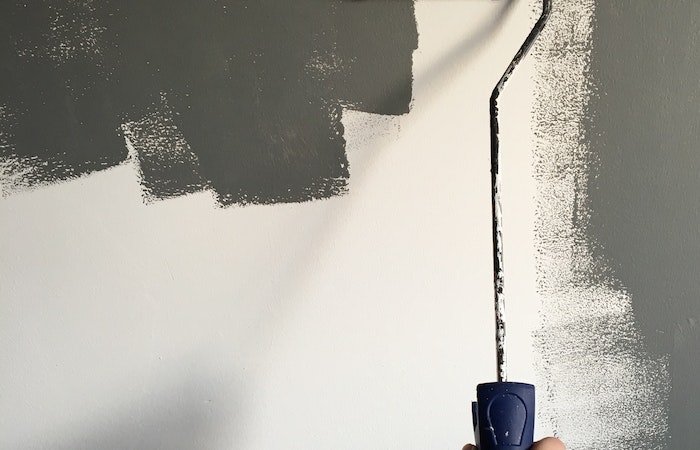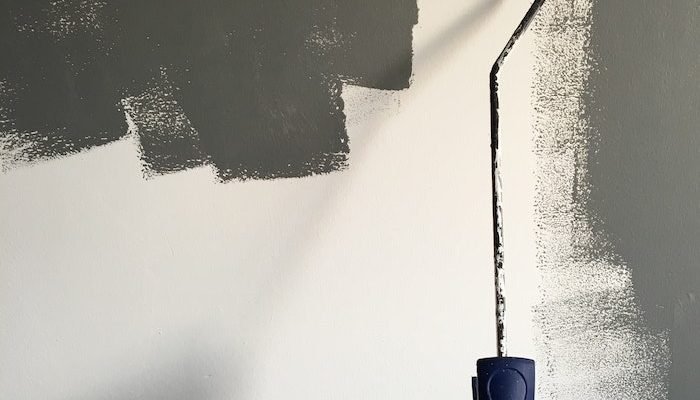
A commercial building painting project is of high value, but a successful painting project involves a well-formulated plan to prepare the surfaces for painting. Most commercial building owners want their builds to be painted on time and within budget, with professional outcomes. And hiring high-quality commercial painting services guarantees successful outcomes with the painting project. The best commercial painting contractors will deliver all required services, including building preparation. This article discusses how commercial painters prepare the building’s surfaces for painting.
1. Inspecting the Commercial Building
While inspecting the commercial building, painting contractors look for the areas where most imperfections are found, like around windows, downspouts, gutters, etc. They also look for pest damage. A thorough inspection will help ensure that the surfaces requiring special attention are identified and fixed.
2. Interior and Exterior Surfaces Protection
Part of the building preparation phase for painting includes protecting all surfaces, including those not to be painted. Such areas or items are either removed or covered. For instance, landscaping, like bushes or shrubbery, is covered with protective plastic or tarp. Furniture and fixtures are also removed or covered.
3. Surface Cleaning
Professional commercial painting services clean exterior and interior surfaces before painting the building. All dirt, algae, rust, grease, mold, peeling paint, or oil is removed using these three methods:
- Power Washing: Power washers use water propelled through a spray head at great speed to remove dirt and grime from the surface.
- Air Blasting: Air blasting is when air from a pressurized tank is propelled through a nozzle, directing the pressurized air to remove dirt from the surface.
- Vapor Abrasive Blasting: This method is more powerful than air blasting and highly effective for cleaning commercial building surfaces.
4. Surface Drying
Paint can’t stick to dirty surfaces and will not be effective on wet surfaces. Following the cleaning process, specifically after power washing with water, surfaces will need some time to dry.
5. Scraping to Remove Peeling Paints
While blasting techniques are appropriate for making the surfaces debris-free, scarping the surfaces will be required to remove the peeling paint. Most professional commercial painters use a strong blade on scrapers to remove paint and debris.
6. Caulking and Repairing Holes or Cracks
Professional commercial painting services know that painting over holes and cracks doesn’t improve quality outcomes. Therefore, they use the caulking technique to fill holes and repair cracks.
7. Sanding the Exterior Surfaces
Sanding is vital to help primer and paint adhere to the building’s surfaces and give them a more professional look. Different grit sizes flatten the raised areas and make the surfaces look clean and uniform.
8. Priming for Improving the Paint’s Adhesion
Priming is crucial to making new paint last for a long time and looks attractive. Depending on the surface and color of the paint, different types of primers are used by painters.
Conclusion
No matter the size of the commercial building painting project, following a strict surface preparation strategy can guarantee the best outcome. A professional commercial painting contractor will know the value of this strategy and, thus, practice quality assurance preparation steps for the best possible painting results.

